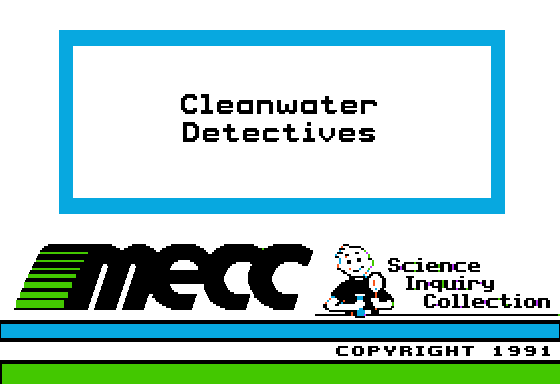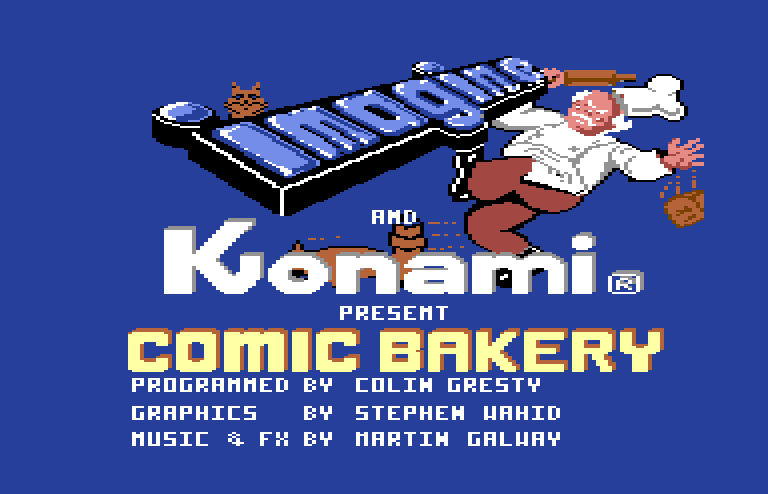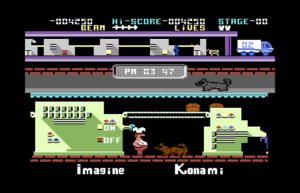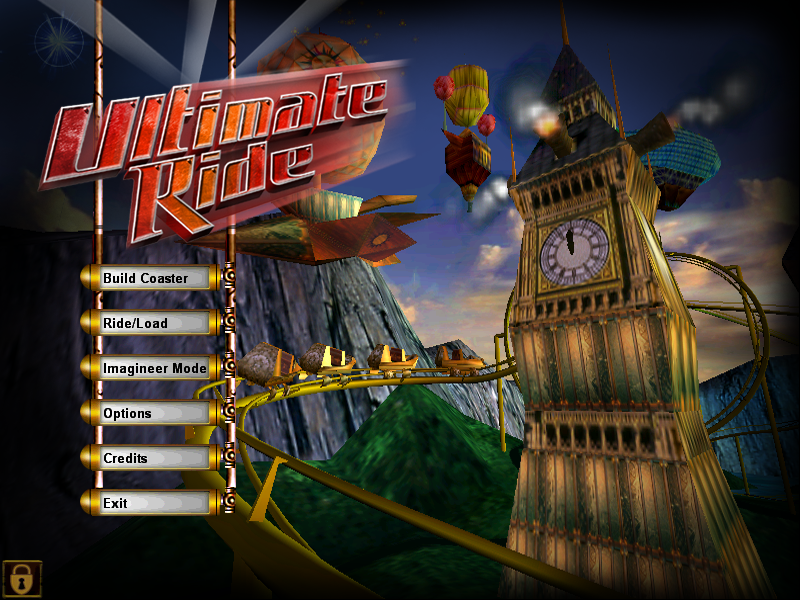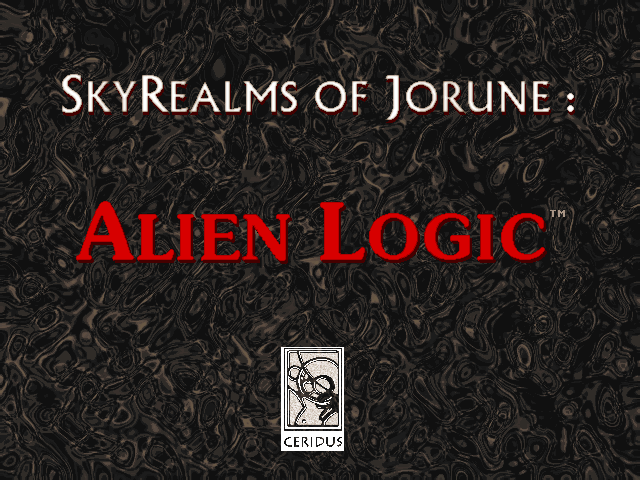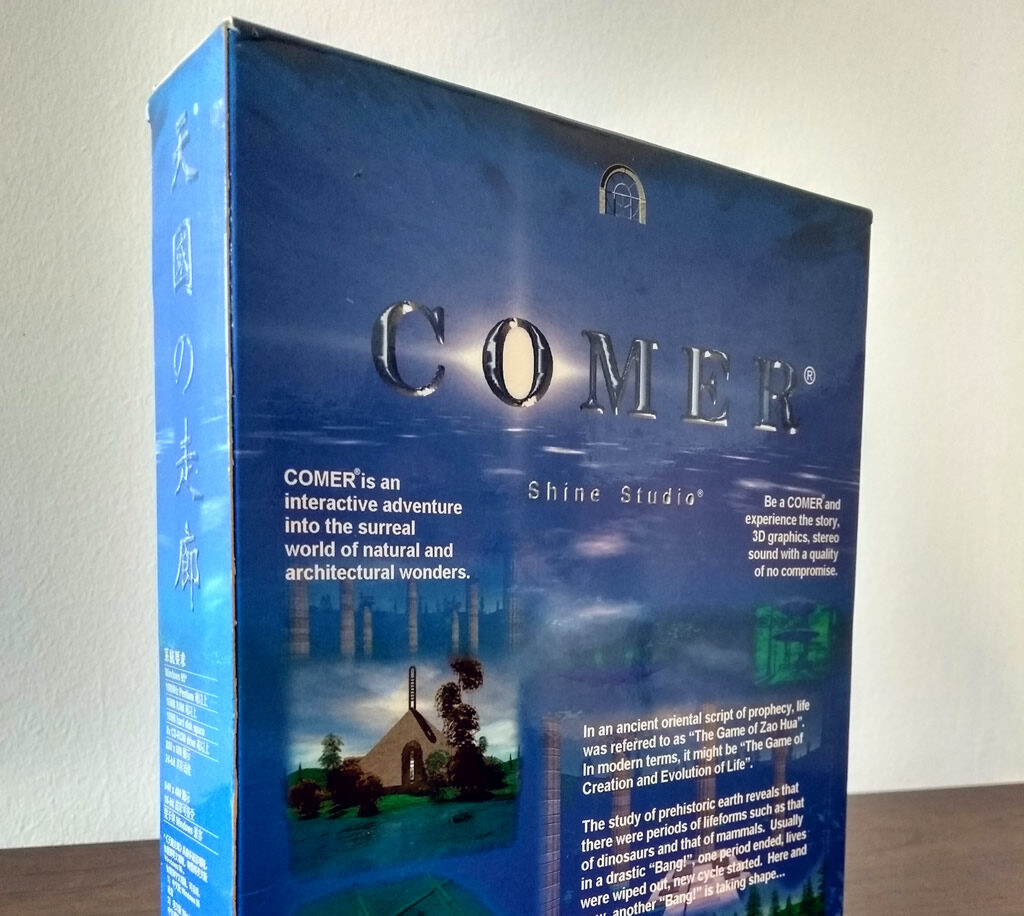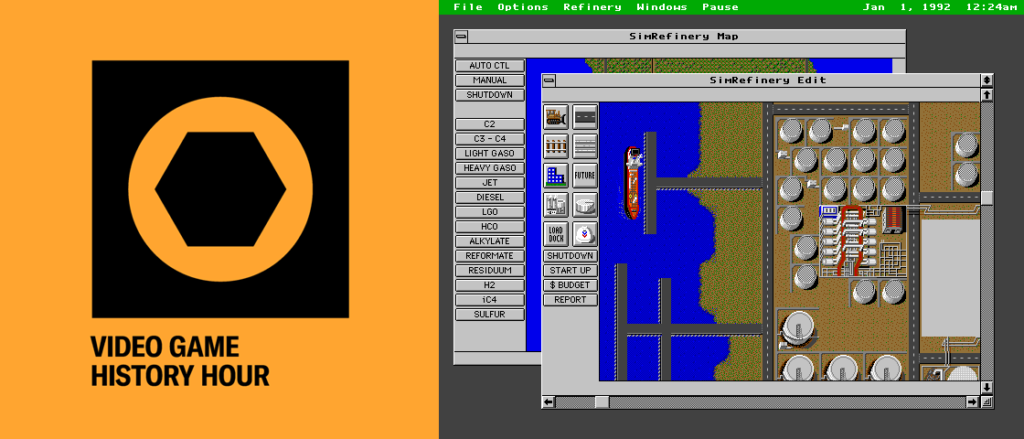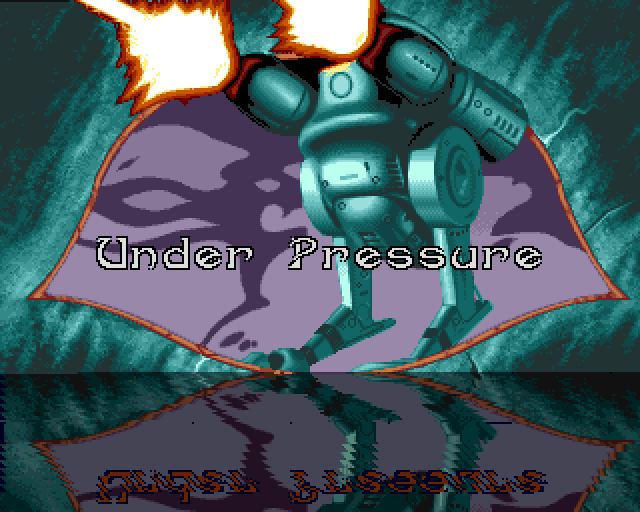With the world unpausing 
One year ago, I wrote a post about how The Obscuritory was slowing down with the onset of the pandemic. Now I’m writing a post about the opposite — how the blog is slowing down again because the pandemic is approaching its end.
I’ve been fully vaccinated for a few weeks now, and the world is starting to open back up again for me. I’ve been spending more time with friends, going on adventures, and getting my life back in order, and that means that I’m spending less time in front of the computer than usual. I’m happy, excited, and grateful to get more of my life back.
But beyond that, I’m also hitting a transitional point in my life, and I need to figure out what comes next. You may have noticed the rate of new posts here has slowed down significantly since the start of the year, and that’s because I’ve been deliberately spending more time taking care of myself and trying to figure out where I’m headed personally and professionally. The pandemic has been a clarifying moment for me, and it’s helped me understand what I want to prioritize in my life. And part of that means focusing on the other parts of my life that have been atrophying.
The Obscuritory isn’t going anywhere, but it’s going to be quiet for a bit. Writing is one of the things that I’ve realized I value most in my life, and it’s not going away, but this is a point in my life when I need to put other things first for a while. I’m so thankful for everyone who’s continued to read and offer their support, and I’ll be back here soon.
If you’re new to The Obscuritory, this is a good time to read some of the back issues! I recently did some re-organization and created a new tag, “recommended posts,” that features what I think are the best articles on this blog. If you’ve wanted to dive back into the blog, this is a great place to start.


